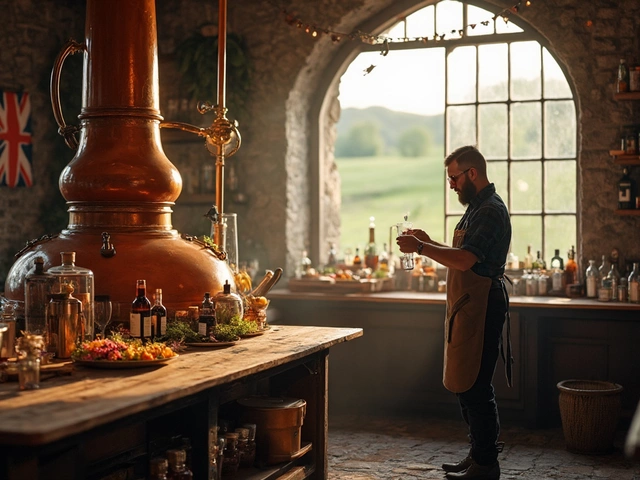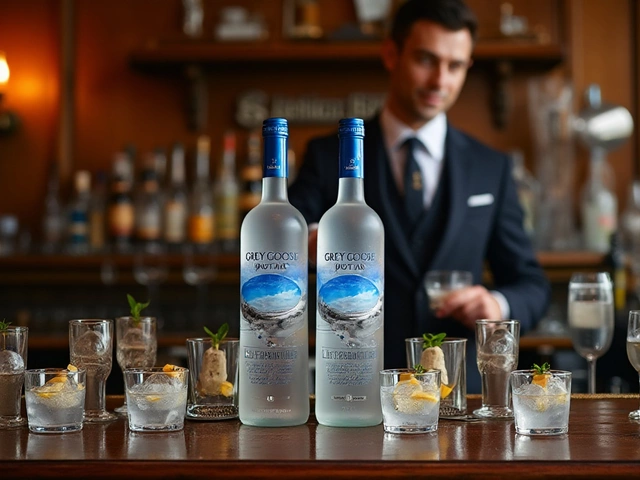Ancient Liquors: A Quick Guide to History’s Oldest Drinks
If you’ve ever wondered what people were sipping 2,000 years ago, you’re in the right place. Ancient liquors are the drinks that shaped early cultures – from fermented honey wine to early grain spirits. They give us a taste of the past and a fun excuse to try something different.
What Makes a Drink ‘Ancient’?
In simple terms, an ancient liquor is any alcoholic beverage that was first produced before the Middle Ages. Think of mead, the honey‑based brew the Vikings loved, or the early rice wines of China. These drinks were made with raw ingredients, wild yeasts, and basic tools. Because the recipes weren’t written down, each batch could taste a bit different, and that’s part of the charm.
Most ancient liquors share three traits: they use local ingredients, they rely on natural fermentation, and they were often tied to rituals or celebrations. The result is a drink that reflects the land it came from and the people who made it.
How to Taste Ancient Liquors Today
Finding a bottle of true ancient liquor is rare, but modern brewers recreate many of them. Look for labels like “traditional mead,” “historical mulled wine,” or “recreated Roman garum wine.” When you try one, treat it like a history lesson – sip slowly, note the flavors, and think about how the drink was enjoyed centuries ago.
Start with a small glass. Ancient drinks can be sweeter or stronger than modern ones because they weren’t filtered or aged the same way. Take a sniff, then a tiny sip, let it coat your tongue, and notice the honey, herbs, or grain notes. If the taste feels odd, remember it’s a window into a different world, not a polished cocktail.
Pairing works best with simple foods. Fresh cheese, nuts, or dried fruit let the drink shine without overwhelming it. And because many ancient liquors were used in rituals, a quiet setting can help you appreciate the experience.
Safety tip: Some recreations use higher alcohol levels, so keep track of how much you drink. Also, check the label for any added sugars if you’re watching your intake.
Want to explore more? Search for local breweries that specialize in historic recipes, or visit museums with tasting events. Many festivals feature “ancient brew” tents where you can try a handful of different styles in one night.
Bottom line: Ancient liquors aren’t just a novelty. They connect us to the people who first discovered fermentation and turned it into celebration. Whether you’re a history buff or just curious about new flavors, giving one a try adds a tasty chapter to your own story.
Curious about the oldest spirit drink? Explore how humankind first discovered distillation, what ancient societies drank, and which spirits sparked civilization’s love for strong liquor.
View Details

